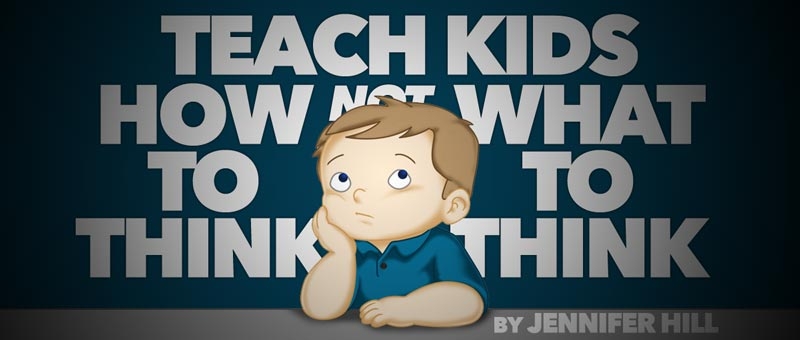Teaching children of varied ages is one of the key things that makes homeschooling stand out from the rest. When a public school teacher prepares her lessons, it is generally for one specific age group. Though I’m sure she changes things up a bit each year to meet the demands of her students or government/state regulations, for the most part, once she has her lessons in order, she can use them again year after year.
Then you have the physical challenge of teaching multiple children at varied levels of learning in the home. How do you teach a high schooler algebra while teaching a fourth grader long division while making sure your toddler doesn’t eat all of the cat food?
The answer is found in two simple words; homeschooling freedom. Yes, homeschooling freedom. Sometimes we forget that we are allowed to go outside of the box when it comes to teaching our kids because let’s face it, we already are outside of the box. Why in the world would we willingly go back in? We took the brave and bold step to leave (or never enter in the first place) the boxed in ideas of traditional schooling so why would force ourselves into a way of thinking that we don’t adhere to? One that we were trying to get away from in the first place?
It’s usually fear that draws us towards that box, and fear is also what keeps us there but when we break free from that mentality, we can thrive as homeschooling parents and our children can thrive as life-long learners. I can to this realization recently while playing a matching game with my Kindergartener (child #4 of 5), (yes, it took four kids for this to finally click in my brain)!
The baby was sleeping and the older kids were done with their work and were working on their chores. I was sitting on the living room floor as my four-year-old finally got a match! He was thrilled. We played for almost an hour as we laughed and he learned his letters and letter sounds. It was fun, it was bonding, and it was educational. Of course I have textbooks for him that will teach him all of his letters and sounds, and there are times in the week that we get to that but sometimes just spending some quality time with your preschooler is just what he needs.
Children at that age thrive off of the quality time spent with their parents, especially when older siblings are involved. It’s tempting to “get school done” with the older kids and just leave the little ones on their own to play or watch a movie. But what they need at such a young and tender age is quality time and quality time with a parent. There are many ways to do this while keeping it educational. Keep plenty of games on hand, coloring books, craft kits, and fun and interesting books. Determine that you will spend a certain amount of time with your preschooler each day, and keep your word. Even if it is just reading a book to them before bed or a game or two while dinner is heating up in the oven. The simple act of setting up a set time with your child will go a long way in their development not only mentally but emotionally.




![Teacher Reboot: Retreat! [Part 2]](https://ourhomeschoolforum.com/wp/wp-content/uploads/2016/08/teacher-reboot-2-440x264.jpg)
